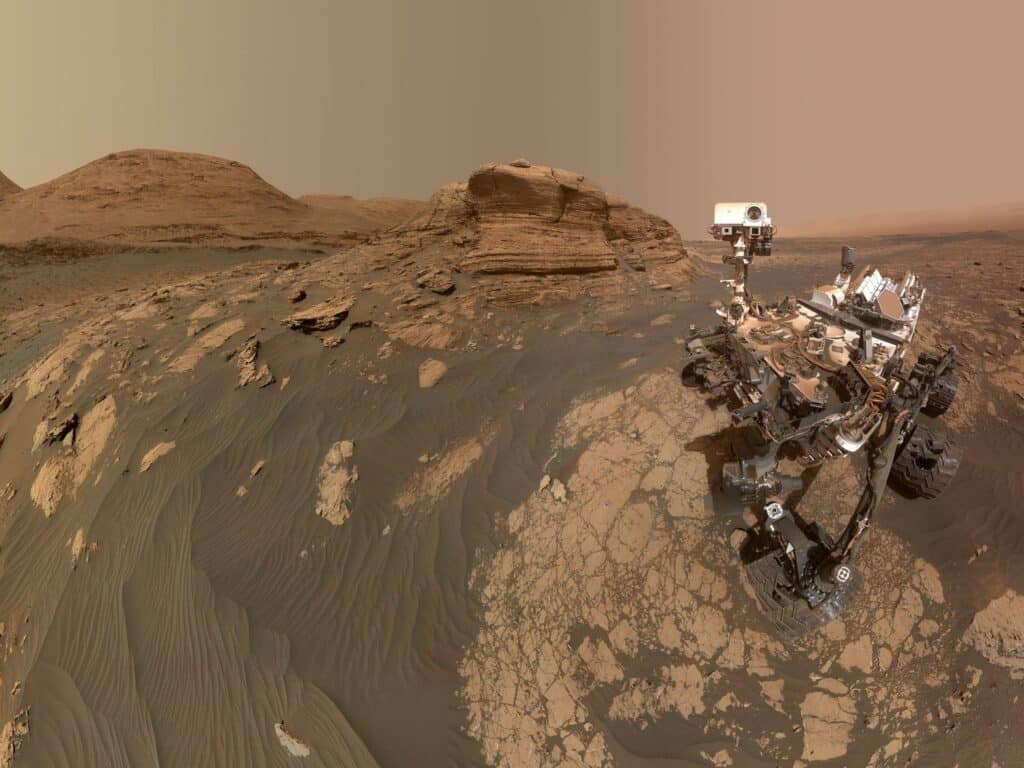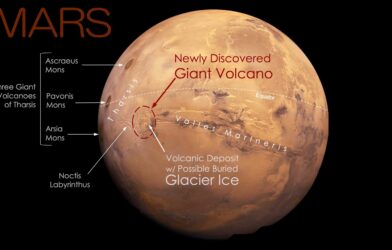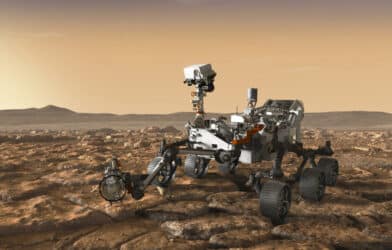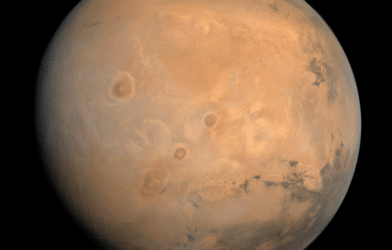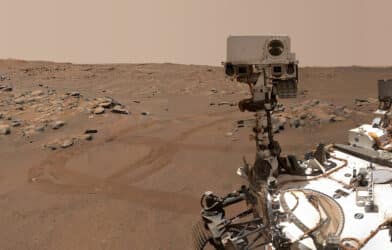Will NASA’s Curiosity rover soon make an earth-shattering discovery about the Red Planet? Curiosity has ventured into a new region of Mars that could shed light on the planet’s wetter and warmer past. This area, known as the Gediz Vallis channel, appears to have been carved by an ancient river billions of years ago, hinting at a time when liquid water flowed on the planet’s surface for much longer than previously thought.
The Gediz Vallis channel, a winding, snake-like feature, has captured the attention of the rover team, who are eager to confirm how it was formed. The channel’s steep sides suggest that it was not created by wind, but rather by a powerful force such as debris flows or a river carrying rocks and sediment. The presence of boulders and other debris filling the channel also raises questions about how this material was transported — whether by wet landslides or dry avalanches.
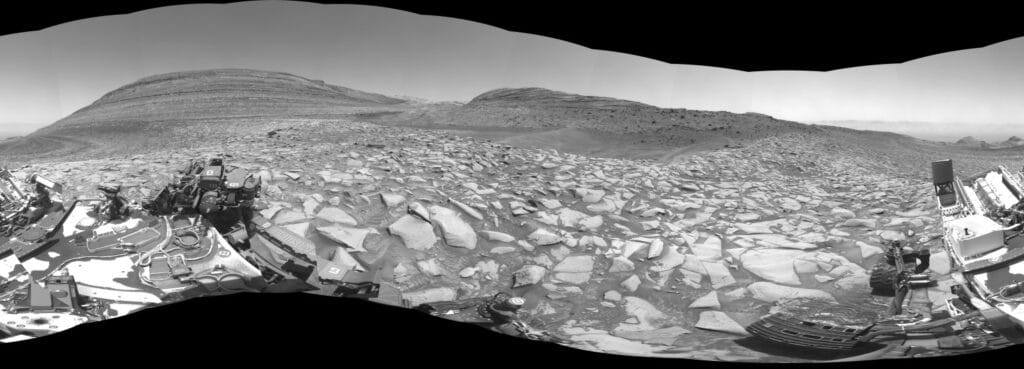
Since 2014, Curiosity has been making its way up the foothills of Mount Sharp, a towering 3-mile peak in the center of Gale Crater. The layers of this mountain have formed over millions of years, providing a unique window into Mars’ changing climate and the presence of water and chemical ingredients necessary for life.
As the rover ascends, it has encountered different layers, each telling a story of the planet’s past. A lower layer rich in clay minerals suggests a time when water interacted heavily with rock, while the current sulfate-enriched layer indicates a period of water evaporation and the formation of salty minerals.
The exploration of the Gediz Vallis channel could take months, but the potential findings may lead to a revision of Mount Sharp’s formation timeline. Scientists believe that the channel was carved after the mountain’s sedimentary layers were deposited and eroded, and only after intense dry periods when the surface was a sandy desert.
“If the channel or the debris pile were formed by liquid water, that’s really interesting. It would mean that fairly late in the story of Mount Sharp — after a long dry period — water came back, and in a big way,” says Ashwin Vasavada, Curiosity’s project scientist at NASA’s Jet Propulsion Laboratory in Southern California.
This explanation aligns with one of Curiosity’s most surprising discoveries during its journey up Mount Sharp: water seems to have disappeared and reappeared in phases, rather than gradually fading away as the planet became drier. Evidence of these cycles can be seen in mud cracks, shallow salty lakes, and massive debris flows that formed the Gediz Vallis ridge.
Last year, Curiosity undertook a challenging climb to study this ridge, which appears to grow out of the channel’s end, indicating that both features are part of a single geologic system.
To document the channel, Curiosity captured a stunning 360-degree black-and-white panorama using its left navigation camera on Feb. 3, the 4,086th Martian day of the mission. The image showcases the dark sand filling one side of the channel, a debris pile rising behind the sand, and the steep slope Curiosity climbed to reach this area.
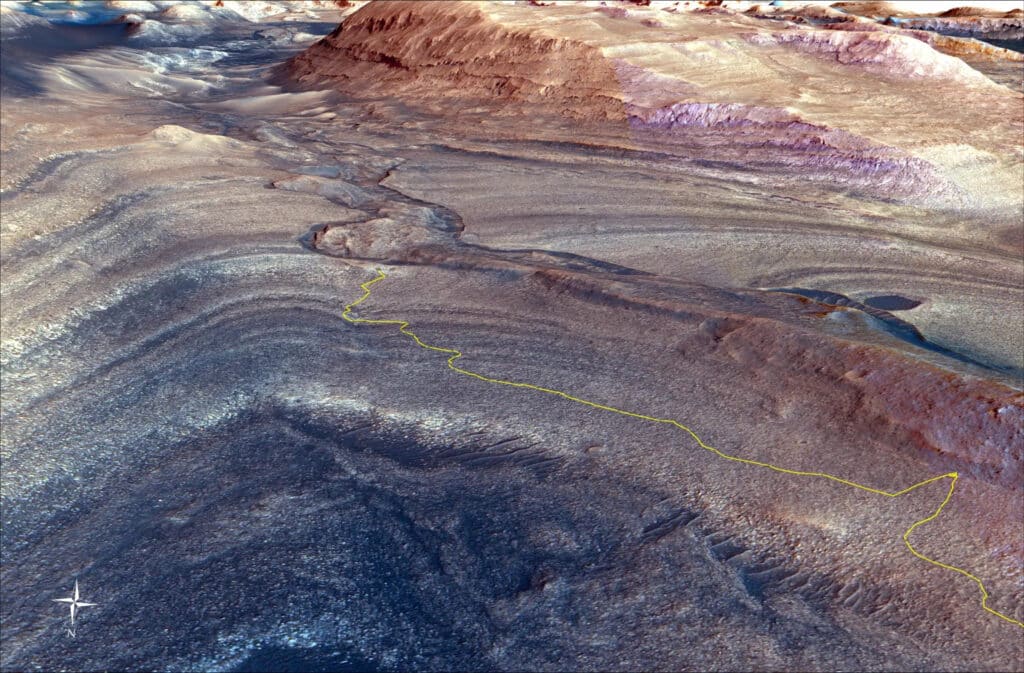
As the rover continues to explore this intriguing region, scientists are relying more on the navigation cameras while engineers work to resolve an issue limiting the use of one of the color Mast Camera imagers.
The discoveries made by Curiosity in the Gediz Vallis channel could rewrite the history of Mars, revealing that liquid water persisted on its surface for much longer than previously believed. With each new revelation, we come closer to understanding Mars’ complex history and its place in the search for life beyond Earth.
